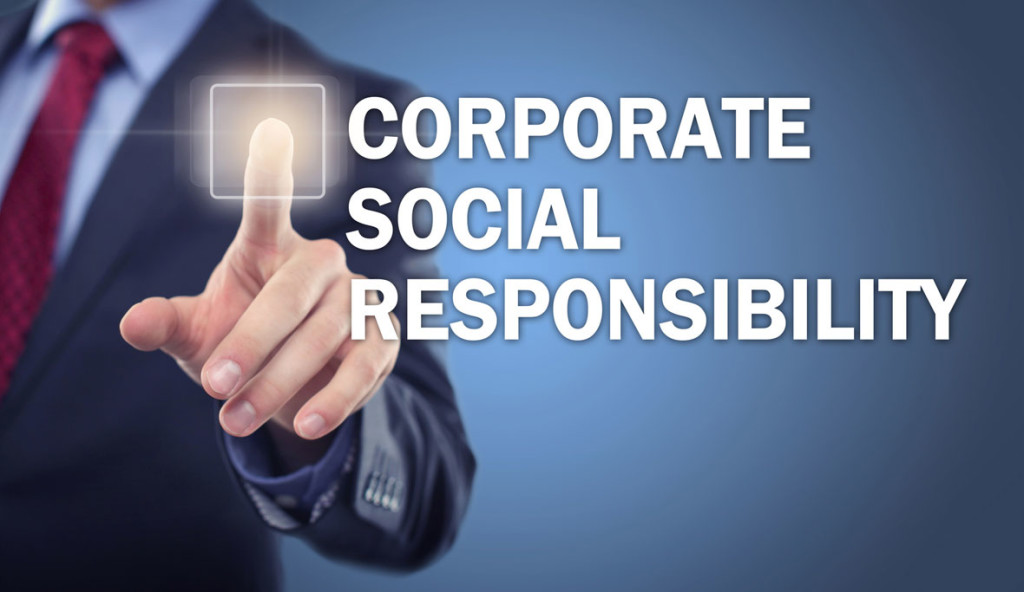For many organisations corporate social responsibility is the new marketing strategy. Here are five reasons how you could benefit from it.

For quite some time now, organisations have been haunted by this poser: Will doing good for society pay off?
This question has now become even more crucial after recent changes to Section 135 of the Companies Act, which make it almost an obligation for firms to spend 2 per cent of their previous three years’ profit after tax (PAT) on corporate social responsibility (CSR), failing which the reasons for not spending have to be explained. The fundamental issue looming up for firms today is, “How will my CSR spend pay off?”
To answer this question, let’s look at what some of the market leaders are already doing.
Hindustan Unilever (HUL), for example, through its Shakti project, developed 46,000 Shakti Ammas across 2.5 lakh villages in India, and trained them to be entrepreneurs who made a living by selling HUL products. In return, these women give HUL access to around 1,000 villages that were difficult markets for HUL to serve.
Lesson 1: CSR being used for market development
Another example is that of Godrej Consumer Products Ltd. GCPL runs a CSR programme called “Good and Green,” which encourages beauty training for poor girls in villages.
These girls, from low-income families, are given a kit containing products manufactured by GCPL that can be used by them after training. GCPL is also using the CSR route to increase adoption of its products among first-time consumers at the bottom of the pyramid.
Lesson 2: CSR can be used to increase product penetration and implement the marketing strategy of “catch them young and catch them first.” Remember, there are many first-time customers waiting to be tapped.
Another successful model comes from Jindal Steel. The company has partnered local communities through self-help groups and NGOs to improve skills and income-generating capabilities of poor families. In one such project, the firm has given loans to poor people to open small dairies, tuition centres, even beauty saloons in villages.
Lesson 3: Firms can invest CSR funds to develop relationships and partnerships with local communities to enhance social capital at the grassroots.
Firms such as the RPG group, TCS and Tech Mahindra have sent their employees as volunteers and even adopted schools where these volunteers can, in their spare time and during weekends, teach Maths, Science and English. At such places, even placements are provided. Such ‘education to employment’-based CSR initiatives help to connect skills to the market and reduce the skills gap and shortage of such skilled labour.
Lesson 4: CSR funds can be used to enhance skills and capabilities of your future customers. Making them employable would increase their incomes, which would lead them to become your long-term customers.
ITC has successfully integrated CSR beneficiaries into its supply chain. The firm’s pulpwood plantation has adopted tribal communities and other poor farmers by raising pulpwood plantation. In its agarbatti business, more women are being trained with greater financial support, to enable them to produce agarbatti, thus linking them to their business.
Lesson 5: CSR projects can be invested to extend the supply chain to bring poor communities into the fold of production, sourcing and so on, thus integrating them into the business.
Overall, CSR is set to become the new marketing strategy for firms in India today. It can manifest itself as cause-related marketing, or extended supply chains, or even as product brands that flaunt their socially responsible tag. Today, firms have been forced into thinking beyond their customers and shareholders, and instead focus on developing partnerships with other important stakeholders in the society.
Firms must realise that business is only their economic exchange with society, while CSR is their non-economic exchange, which needs their greater attention today! Unless the balance of economic and non-economic exchanges between business and society is maintained, the business sustainability is threatened. Ultimately, business is a part of society and not vice-versa.
This article was taken from here.
